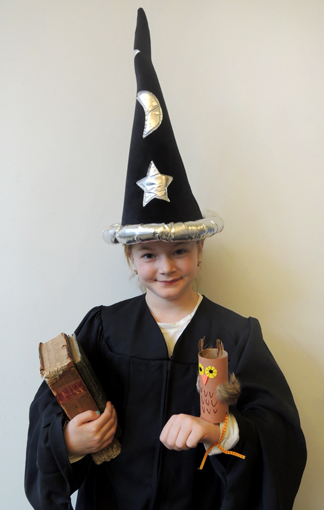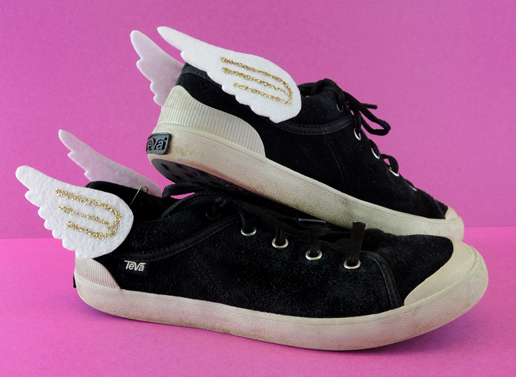 Calling all demigods and satyrs…with the simple command of “Maia!” your sneakers will sprout wings and fly! This project looks awesome and is super easy to put together. However, please note that winged sneakers are not recommended for use in or around Tartarus.
Calling all demigods and satyrs…with the simple command of “Maia!” your sneakers will sprout wings and fly! This project looks awesome and is super easy to put together. However, please note that winged sneakers are not recommended for use in or around Tartarus.
You’ll need:
- 2 copies of the sneaker wings template, printed on 8.5″ x 11″ card stock
- 4 rectangles of stiffened felt (approximately 1.75″ x 3.75″)
- 4 small paper clips
- Masking tape
- 4 glue dots or hot glue
- Scissors
- Glitter glue, puffy paint, or metallic markers
First, select and cut the wing size you would like from the template, then lay each wing on top of a rectangle of stiffened felt. You can either trace the template onto the felt with a pencil, or just leave the template on top while you cut it out. Add some highlights using glitter glue, puffy paint, or metallic markers.
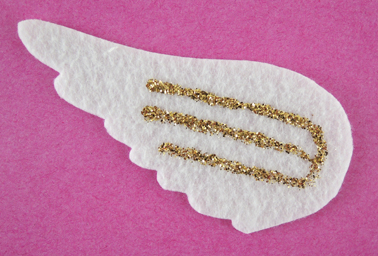 Next, take a small paperclip and bend the shorter loop backwards. Wrap the shorter loop with masking tape.
Next, take a small paperclip and bend the shorter loop backwards. Wrap the shorter loop with masking tape.
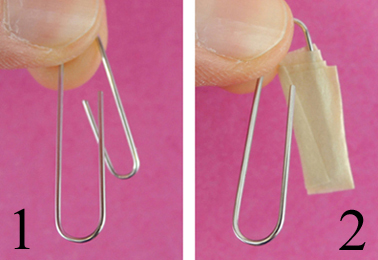 Use a glue dot or hot glue to attach the paper clip to the back of the felt wing.
Use a glue dot or hot glue to attach the paper clip to the back of the felt wing.
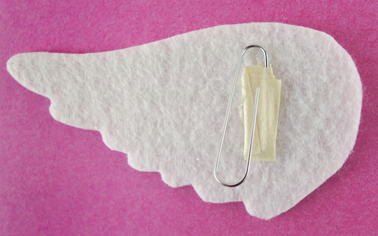 Repeat the above steps with 3 more wings, then slide the wings onto your sneakers! Feel free to experiment with different colors too. Here’s a nod to one of my favorite Percy Jackson characters, Blackjack.
Repeat the above steps with 3 more wings, then slide the wings onto your sneakers! Feel free to experiment with different colors too. Here’s a nod to one of my favorite Percy Jackson characters, Blackjack.
 Interested in a cheaper, simpler version of this project? We did a whole post on how we adapted the wings for a large-scale event (and throw in some general event pointers, too).
Interested in a cheaper, simpler version of this project? We did a whole post on how we adapted the wings for a large-scale event (and throw in some general event pointers, too).

 Calling all consulting detectives…grab your sparkle stem magnifying glass and examine this most intriguing collection of 18th and 19th century puzzle cards. And, while the individual man is an insoluble puzzle, the answers to these cards are at the end of the post (and you can print a set of your own)!
Calling all consulting detectives…grab your sparkle stem magnifying glass and examine this most intriguing collection of 18th and 19th century puzzle cards. And, while the individual man is an insoluble puzzle, the answers to these cards are at the end of the post (and you can print a set of your own)!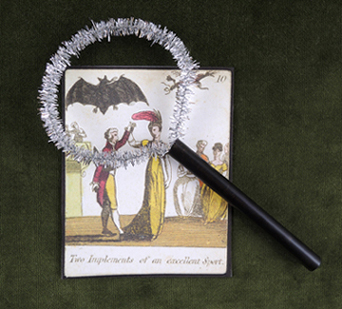 And what of those curious cards? They are reproductions of 18th and 19th century rebus puzzle cards in our library’s
And what of those curious cards? They are reproductions of 18th and 19th century rebus puzzle cards in our library’s 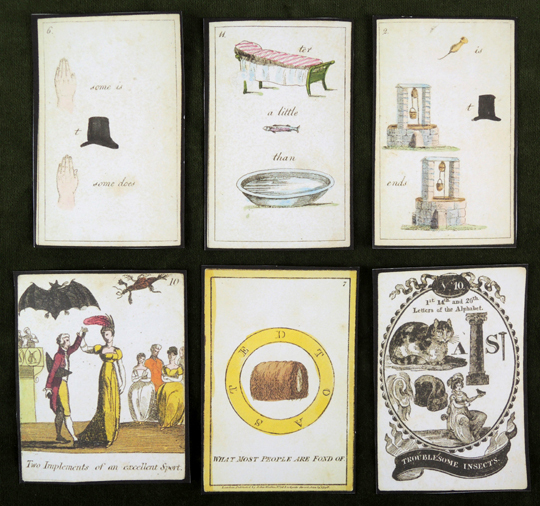
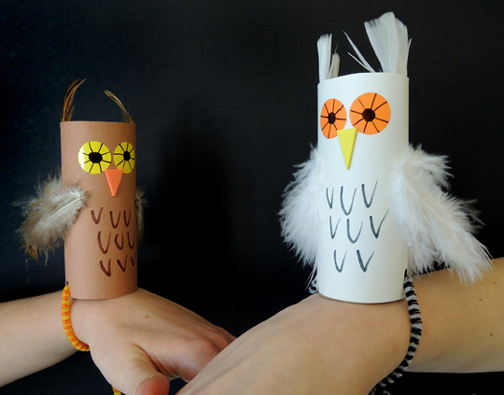 Cats might make you sneeze and toads are rather old-fashioned. What you really need…is an owl! This project (which is derived from these
Cats might make you sneeze and toads are rather old-fashioned. What you really need…is an owl! This project (which is derived from these 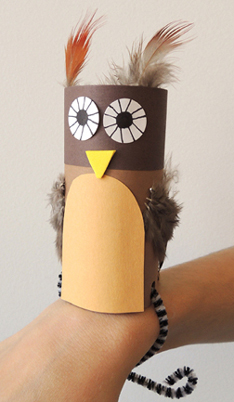 But we simplified things further and just used markers to draw outlines of feathers on the owl’s chest. Finish by punching 2 holes on the bottom of the tube. Thread a pipe cleaner through the holes, then fasten the owl to your wrist. You’re ready for Hogwarts!
But we simplified things further and just used markers to draw outlines of feathers on the owl’s chest. Finish by punching 2 holes on the bottom of the tube. Thread a pipe cleaner through the holes, then fasten the owl to your wrist. You’re ready for Hogwarts!